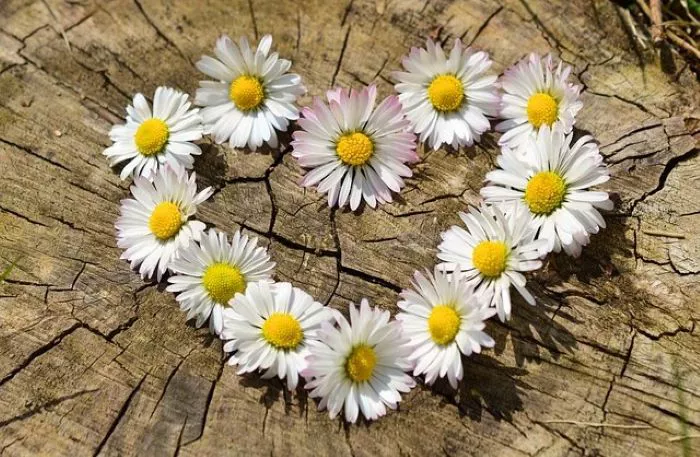Flower tattoos have become increasingly popular in recent years. They are often chosen for their beauty and symbolism. Flowers hold deep meanings across different cultures and traditions. Understanding what flower tattoos represent can help individuals make informed choices when selecting their designs. This article explores the symbolism of various flower tattoos, their cultural significance, and the reasons people choose them.
Symbolism of Flowers in Tattoos
Flowers are rich in symbolism. Each type of flower carries its unique meanings, which can vary based on cultural context. Here are some common flowers and their associated meanings.
Roses are among the most popular flowers for tattoos. They often symbolize love and passion. The color of the rose can also influence its meaning. Red roses represent romantic love, while white roses signify purity and innocence. Yellow roses can symbolize friendship and joy.
Lotus flowers are significant in many cultures, especially in Eastern traditions. They represent purity, enlightenment, and rebirth. The lotus grows in muddy waters but rises above to bloom beautifully. This journey from murky depths to radiant flower is a powerful symbol of personal growth and resilience.
Daisies are often associated with innocence and purity. They can represent new beginnings and playfulness. Daisies are simple yet beautiful, making them a popular choice for those seeking a more understated design.
Cherry blossoms hold special significance in Japanese culture. They symbolize the transient nature of life and the beauty of fleeting moments. The short-lived blooms remind us to appreciate the present and embrace change.
Sunflowers are symbols of happiness and positivity. Their bright yellow petals and tendency to turn toward the sun make them representations of joy and warmth. Sunflower tattoos can also symbolize loyalty and adoration.
Cultural Significance of Flower Tattoos
Flower tattoos are not only beautiful but also steeped in cultural significance. Different cultures have unique interpretations of flowers and their meanings.
In ancient cultures, flowers were often used in rituals and ceremonies. For example, in ancient Greece, flowers were associated with various gods and goddesses. The Greeks believed that certain flowers could bring good fortune or protection. Flower tattoos may reflect these ancient beliefs and connect individuals to their heritage.
In Native American cultures, flowers often symbolize specific traits or characteristics. For instance, the sacred tobacco plant is considered a gift from the Creator. It is used in various ceremonies and can symbolize respect and spirituality. Flower tattoos inspired by Native American traditions may carry deep spiritual meanings.
In Eastern cultures, flowers are frequently used in art and literature. The lotus flower, for example, is a symbol of spiritual awakening in Buddhism. In Chinese culture, peonies are considered symbols of wealth and prosperity. Flower tattoos inspired by these cultures can reflect a person’s beliefs or aspirations.
Personal Reasons for Choosing Flower Tattoos
Individuals choose flower tattoos for various personal reasons. For some, flowers represent important life events or milestones. A tattoo of a specific flower may commemorate a loved one or serve as a reminder of personal growth.
Others may choose flower tattoos to express their personality. Certain flowers may resonate with an individual’s character traits. For example, someone who identifies with the qualities of a sunflower may choose this flower to symbolize their cheerful and optimistic nature.
Flower tattoos can also serve as a form of self-expression. Many people use tattoos to tell their stories or convey their beliefs. A flower tattoo can represent a personal journey, a significant change, or a newfound appreciation for life.
Design Considerations for Flower Tattoos
When choosing a flower tattoo, design considerations are essential. The style of the tattoo can greatly influence its overall impact. Some popular styles include realistic, watercolor, and geometric designs. Each style can convey different emotions and aesthetics.
Size and placement are also important factors. A small flower tattoo may be ideal for a discreet location, while a larger design can make a bold statement. Common placements for flower tattoos include the wrist, shoulder, back, and ankle.
Color can significantly affect the meaning of a flower tattoo. Vibrant colors can evoke feelings of joy and energy, while muted tones may convey a sense of calm and tranquility. It is essential to consider how color choices align with the intended symbolism of the flower.
Conclusion
Flower tattoos represent a rich tapestry of meanings and cultural significance. They can symbolize love, purity, resilience, and personal growth. The choice of flower, design style, and placement all contribute to the overall message of the tattoo.
Understanding the symbolism behind flower tattoos allows individuals to make informed decisions. Whether chosen for their beauty or deeper meanings, flower tattoos can be powerful forms of self-expression. They connect individuals to their personal stories, cultural heritage, and the natural world. As such, flower tattoos continue to be a popular choice for those seeking to adorn their bodies with meaningful art.


